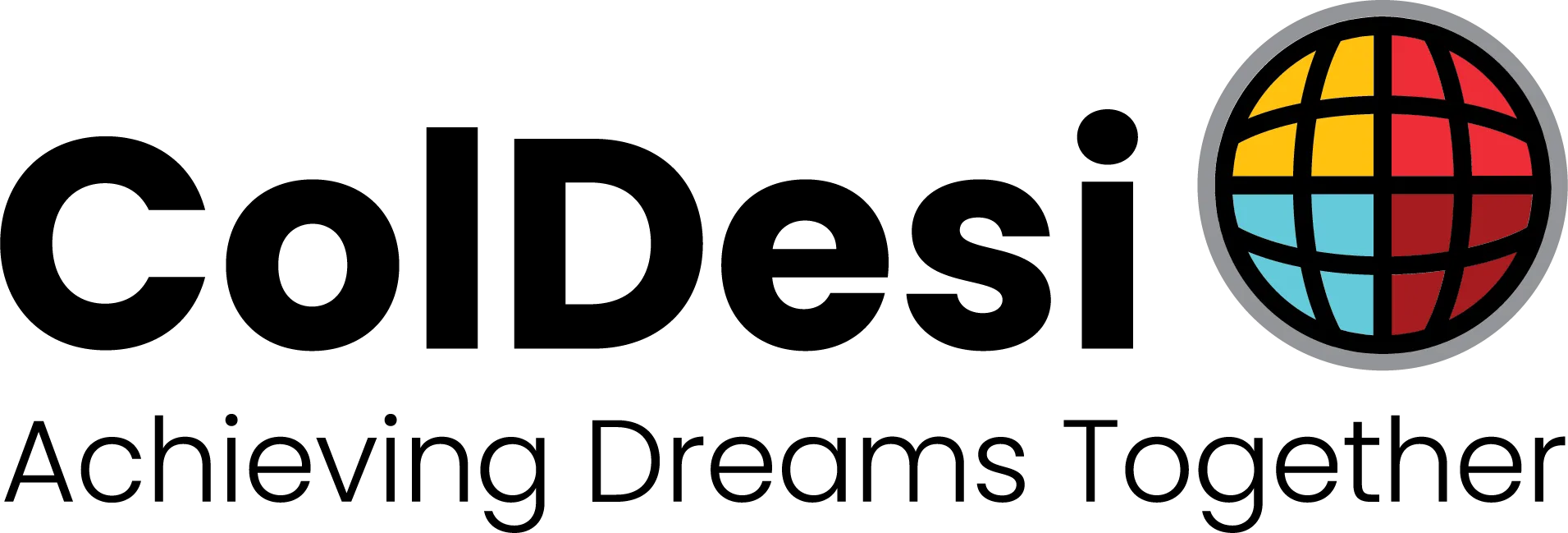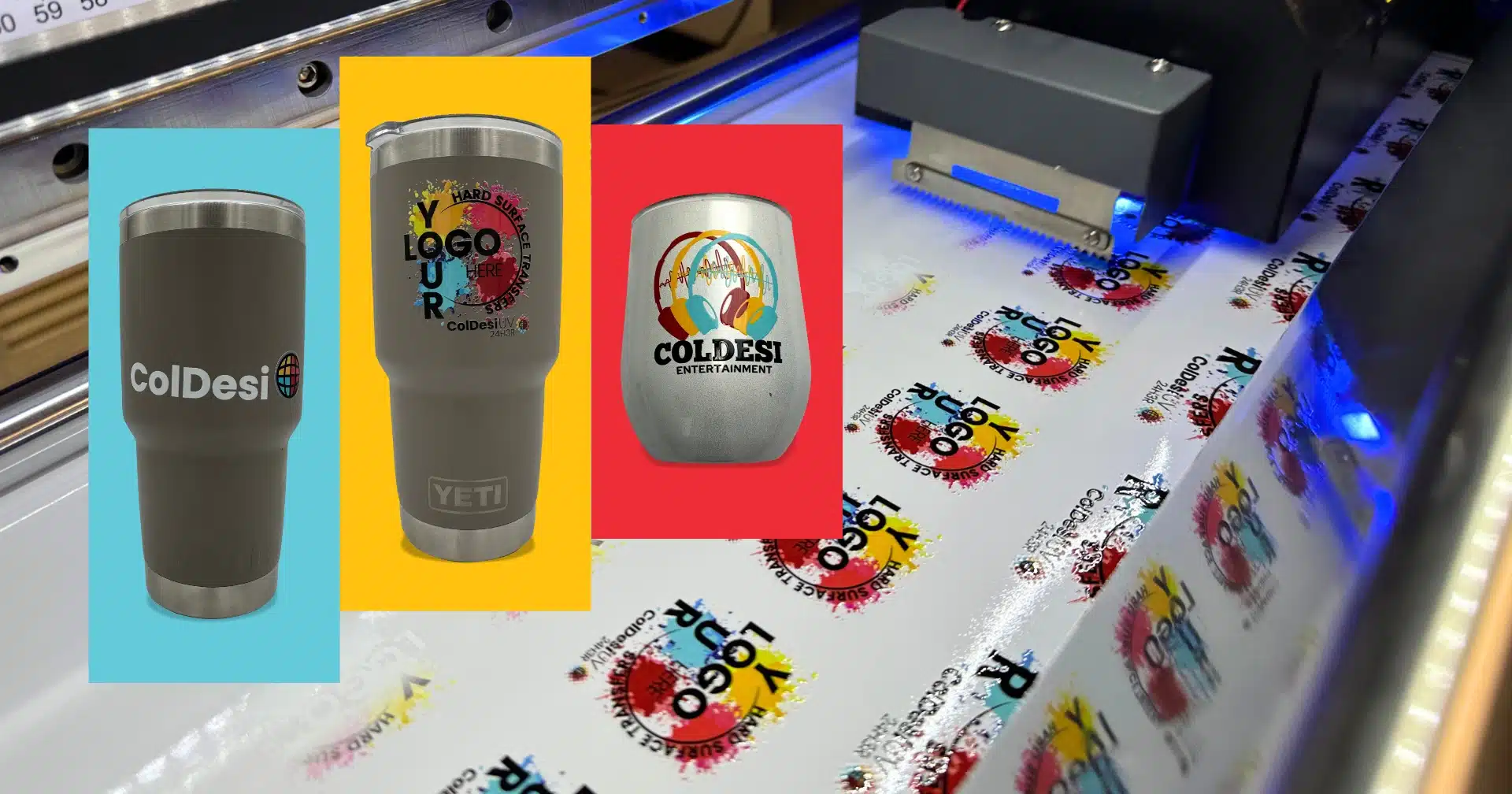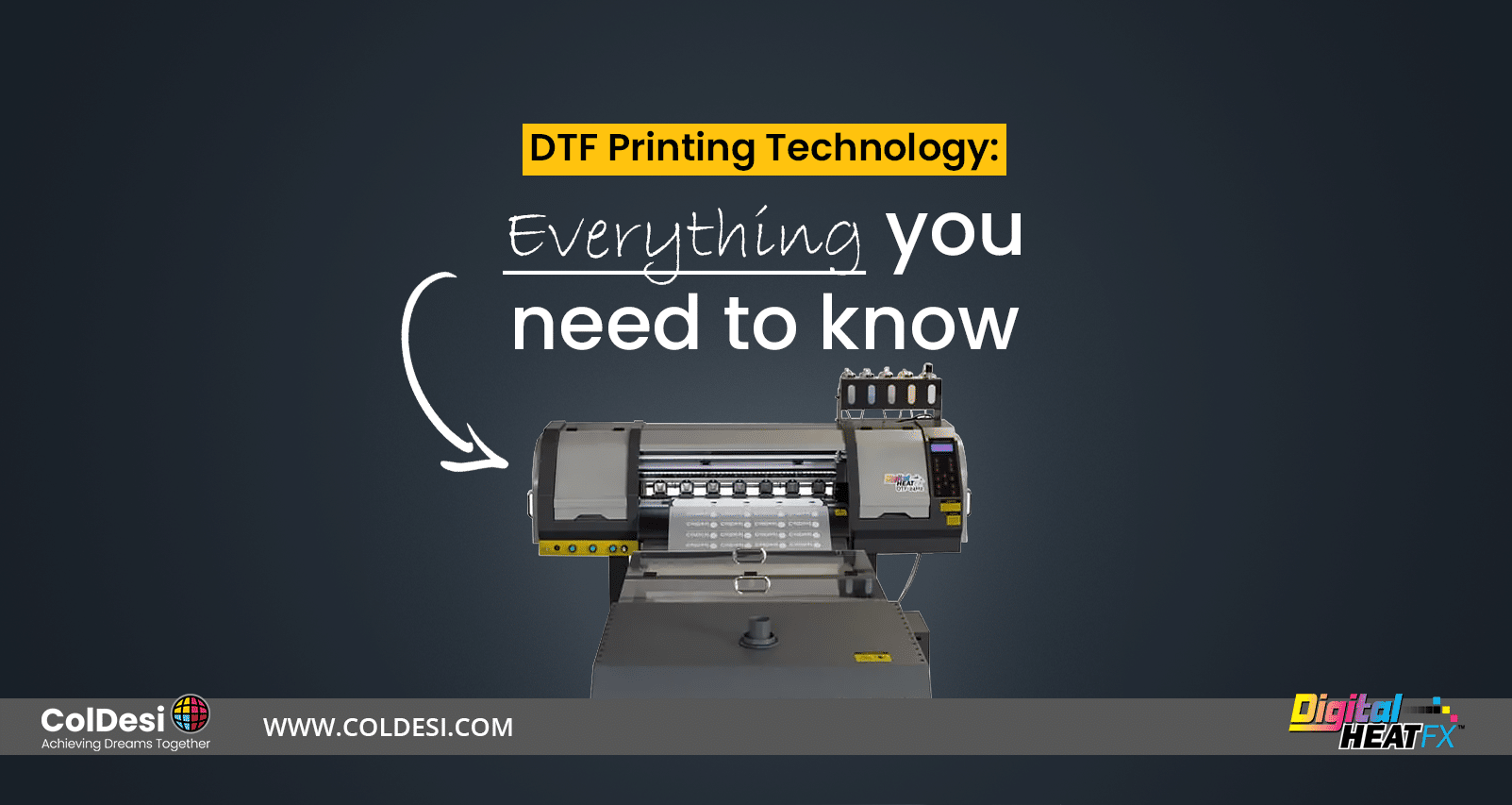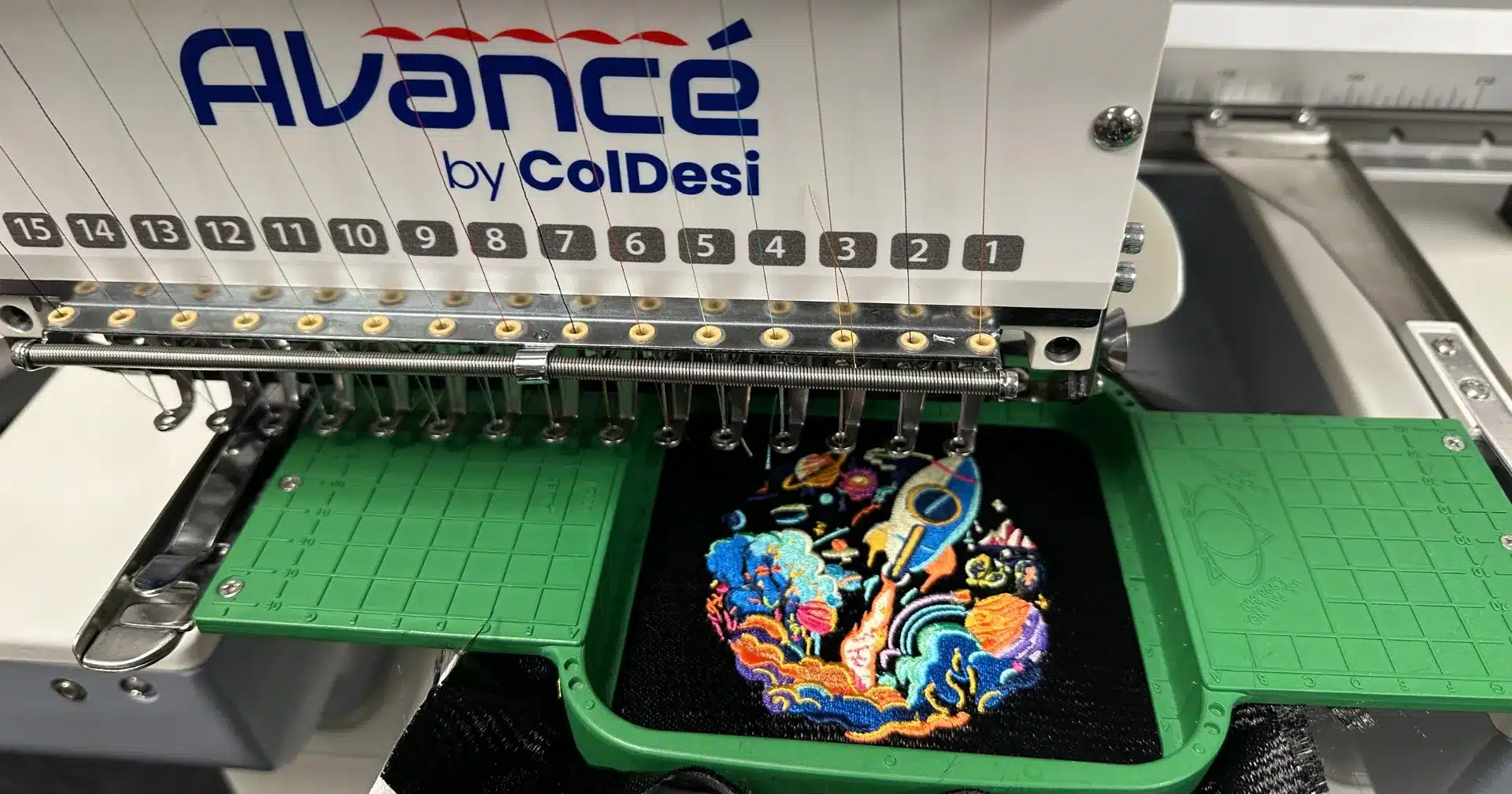Embroidery Digitizing And You- What You Need To Know
What Is Embroidery Digitizing?
If you’ve ever seen a baseball cap with a team’s logo embroidered onto it, or an iron-on badge that’s mostly embroidery, I bet you wondered how they made it. Chances are they use Embroidery Digitizing. You may ask: do they have workers that specialize in embroidering logos, you might have wondered, or is it all done by machine? The answer, as it turns out, is ‘both’. An embroidery digitizer designs a pattern for the logo, and puts it into a computer with a program like Sierra Stitch-Era Liberty. The computer then feeds the pattern into a commercial embroidery machine. The machine then embroiders the pattern onto hats, shirts, or whatever you can think of. Commercial embroidery machines are very useful because they let you produce large amounts of shirt and hat embroidery in a short amount of time. However, they need embroidery digitizing software to turn the image into an embroidery file. You’ve probably got a question on your mind, now, and that question is… Do I Need Embroidery Digitizing Software and a Professional Embroidery Machine & for my Business? The answer to this question is a resounding ‘maybe’. When it comes to large-scale embroidery, you’ve got about three options.
- Outsource your work locally – this is a reasonable option for both digitizing and getting the actual embroidery done.. Depending on where you live.
- Outsource it to another country – in the apparel decorating and small business world outsourcing actual commercial embroidery work overseas is not really a reasonable choice. There are so many considerations with duties, shipping, quality control – it just doesn’t make much sense. Embroidery Digitizing however, is frequently hired out internationally.
- Do it in-house – the latest in pro embroidery equipment is so inexpensive compared to prior years it almost always makes sense to do the actual embroidery work yourself. For example, the SWF 1501C single head commercial embroidery machine just last year sold for more than $15,000 USD while currently, you can buy the same configuration in an equally reliable and well supported Avancé 1501C for less than $12,000. Digitizing in-house will take you more time to learn, but with software like StichEra Liberty under $1,000 it will quickly pay for itself!
Any of these options can work for you, but the question is which one is the most optimal for you and your business, whether you’re considering bringing embroidery in-house for a large organization or just starting your own shop.
The first thing you’re going to need to ask yourself is whether or not you’re going to be doing a large amount of branding for your organization. If you’re something like a minor league sports team, for example, where your logo is very important to your company image, you are going to be doing a good amount of branding; if you’re a charity group, you might be doing much less so, or none at all. An organization that has large amounts of branding needs will definitely want to consider paying for an embroidery machine and probably a multi-head unit and software (like the Sierra Stitch-Era Liberty) and hiring a digitizer. If you’re going to be looking at a short-term project, however, you might want to consider other variables.
There are a few pros and a few cons to outsourcing your professional embroidery work. There are also pros and cons to doing it yourself.
The biggest pro to outsourcing is that it’s less expensive at the outset. A professional embroidery machine can be a very good investment- but it’s an investment, and if you’re not doing enough with your professional embroidery machine, it’s definitely not going to be cost-effective to buy one.
The biggest con to outsourcing commercial embroidery digitizing designs is that jumping through the hoops of working with an outsourced designer can often be frustrating. It’s often less easy to communicate what you want to someone who doesn’t share your company’s goals and objectives.
In addition, you have to do a certain amount of research to make sure that you don’t wind up with a designer who produces a design that looks good, but isn’t digitized well. Mistakes or poor digitizing can cause thread breaks in your machine and slow down production. The last thing- which could be seen as either a pro or a con- is the cost.
Outsourcing to other countries can be cheaper than outsourcing within the USA, but the work you receive may not be up to your standards and communication is difficult. I don’t personally recommend that you outsource from other countries because of this, but if you need a high volume of embroidery, outsourcing embroidery digitizing from abroad might be a good idea.
However, there is a new technique for creating great looking images outside the embroidery digitizing realm.
DigitalHeat FX has released their new Okidata 8432wt machine which can print transfers. Within the United States, commercial embroiderers usually charge somewhere from $1 to $10 per one thousand stitches; a design with ten thousand stitches will cost you less than a design with fifty thousand stitches. You’ll also need to make a vector design or convert your design to vector form; if you don’t, turning a bitmap into a vector graphic will cost you even more money. All of this makes digitizing in-house with software like the Sierra Stitch-Era Liberty look more attractive.
A commercial embroidery machine can cost somewhere in the neighborhood of $11,000 to $30 thousand dollars, and the software for it- like the Sierra Stitch-Era Liberty- can be another thousand dollars. That’s not including hiring someone to digitize or learning to do it yourself. This might seem like a con- in both senses of the word- but it’s actually a pro. It’s always painful to spend that hard earned cash, but the reason that commercial embroidery machines and embroidery digitizing software make such a good investment is the money that can be made for your own business or saved if you work for someone else.
Check out this inspiring story of how Lori Consoli created her t-shirt and embroidery business. Another pro is that you have more control over your designs. If you have a designer in-house, you won’t have to deal with a freelance designer- you’ll have much quicker feedback on how you want your design to be handled, and you can make changes much more quickly. You won’t have to pay lots of additional money to change up your design.
Finally, if you want to produce large amounts of stuff in a short amount of time, a commercial embroidery machine is going to be what you need.
To sum up: if you’re planning on doing anything larger than one small-scale embroidery job, and you have the funds to purchase equipment, it’s probably a good idea to look into purchasing a commercial machine and digitizing software. You’ll have more control over the process, and it’ll be an investment that will pay for itself a couple times over.
